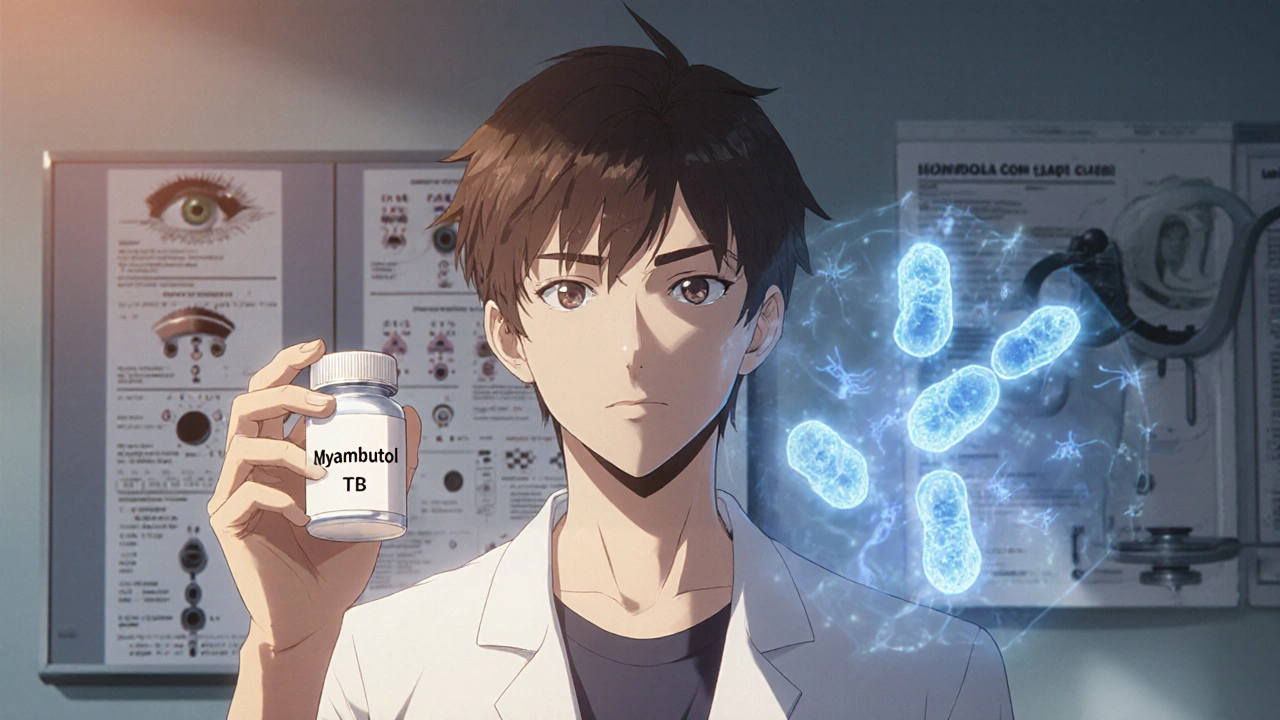
Compare Myambutol (ethambutol) with other tuberculosis drugs like levofloxacin, linezolid, and first-line alternatives. Learn when to use each, side effects, costs, and real-world treatment choices.
When you hear TB drugs, medications used to treat tuberculosis, a bacterial infection that mainly affects the lungs. Also known as anti-tuberculosis agents, these drugs are not just pills—you’re taking a multi-month course that can save your life or make you sicker if it’s not managed right. Tuberculosis doesn’t go away on its own. Left untreated, it spreads through the air and can damage your lungs, spine, even your brain. But TB drugs aren’t like your usual antibiotics. They’re strong, long-term, and often come with side effects that catch people off guard.
There’s a reason TB treatment takes six months or longer: the bacteria that cause it are stubborn. Standard first-line TB drugs like isoniazid, rifampin, ethambutol, and pyrazinamide work together to kill off different strains. But if you miss a dose, or stop early, the bacteria can come back stronger—and resistant. That’s when you’re dealing with drug-resistant TB, a form of tuberculosis that doesn’t respond to the most common first-line medications. These cases need second-line TB drugs like moxifloxacin, linezolid, or bedaquiline—drugs that are more toxic, more expensive, and harder to get. And yes, they’re the same ones mentioned in posts about NTI generics and medication safety, because these drugs have a narrow window between helping and harming.
Side effects are part of the deal. Liver damage from isoniazid? Common. Vision problems from ethambutol? Real. Nerve pain from linezolid? Yes, and it’s serious. That’s why monitoring matters. You can’t just take the pills and hope for the best. Regular blood tests, eye checks, and symptom tracking aren’t optional—they’re lifesaving. And it’s not just about the drugs themselves. Some herbal supplements, like Dong Quai, can interfere with how your body processes them. Even common painkillers can clash. This isn’t theoretical. People have ended up in the hospital because they didn’t know what their TB drugs could interact with.
What you’ll find in the posts below isn’t just a list of medications. It’s a collection of real-world stories, warnings, and comparisons. You’ll see how TB drugs fit into the bigger picture of antibiotic use, drug safety, and patient adherence. You’ll learn why some people can’t take certain drugs, what alternatives exist when standard treatment fails, and how to spot trouble before it becomes an emergency. These aren’t abstract medical facts—they’re practical tools for staying alive and healthy while fighting a tough infection.

Compare Myambutol (ethambutol) with other tuberculosis drugs like levofloxacin, linezolid, and first-line alternatives. Learn when to use each, side effects, costs, and real-world treatment choices.